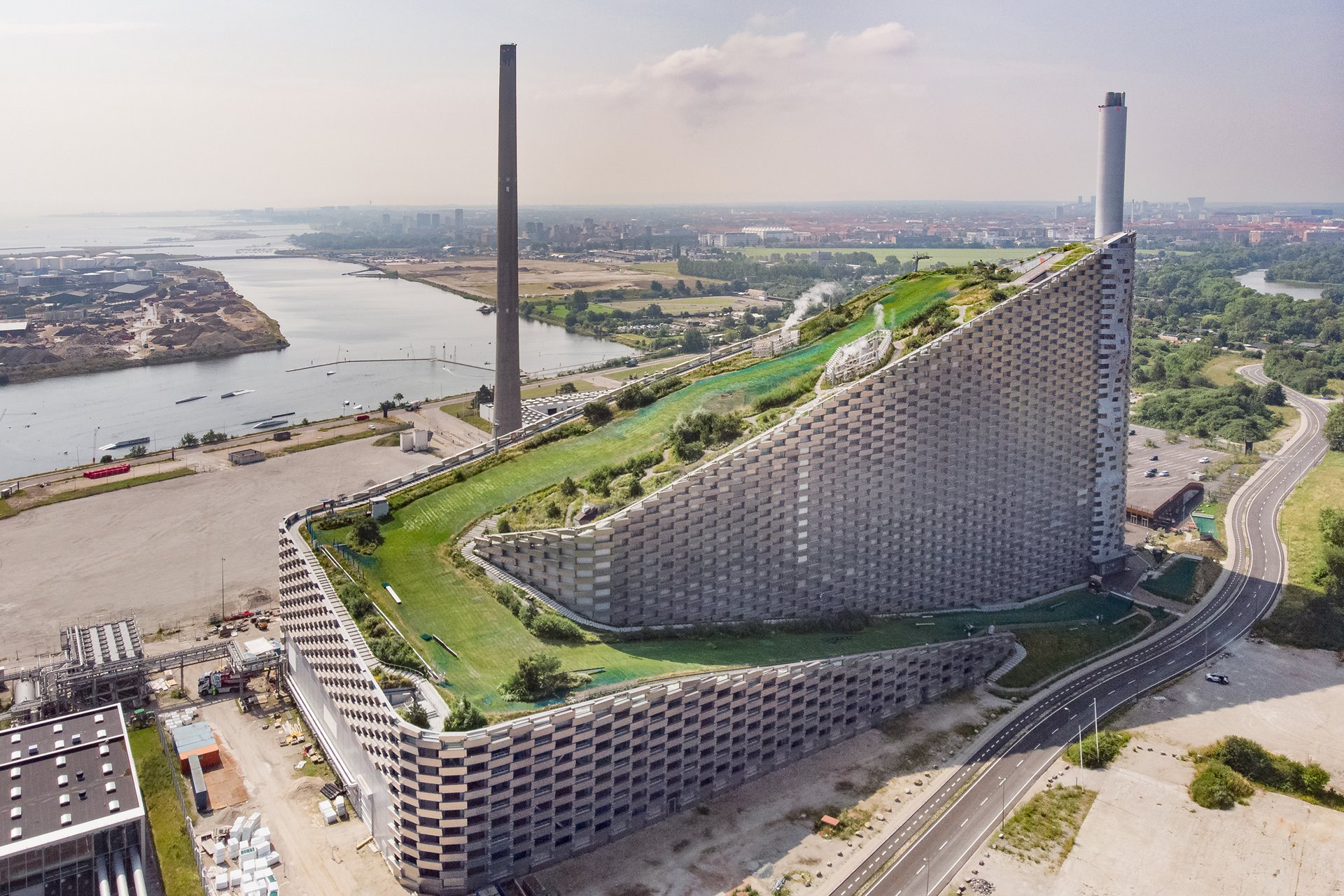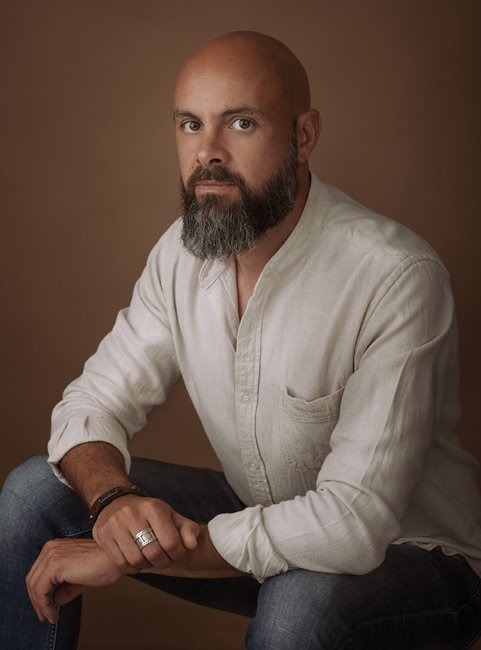This waste-to-energy heat-and-power plant in the industrial outskirts of Copenhagen, Denmark, burns around 440,000 tons of waste a year to supply more than 30,000 homes in and around Copenhagen with electricity, and 72,000 homes with heating (recycled from flue gas condensation using heat pumps). The plant uses a filter to remove harmful pollutants from its incineration exhaust, and hosts an all-seasons ski run and public green space on its roof.
This project documents different technologies that offer possible routes of transition to a net-zero economy. The photographer visited innovative facilities across Europe, from Iceland to Italy, from 2020 to 2022.
Human-induced climate change is the largest, most pervasive threat to the natural environment and society that the world has ever experienced, according to the UN Human Rights Office, OHCHR. This prompted the European Union to establish targets to cut greenhouse emissions by at least 55 percent by 2030 and to reduce them to net-zero by 2050. European companies seeking ways to achieve these goals are exploring renewable energies, new technologies for food production, and the circular economy as potential ways forward.

